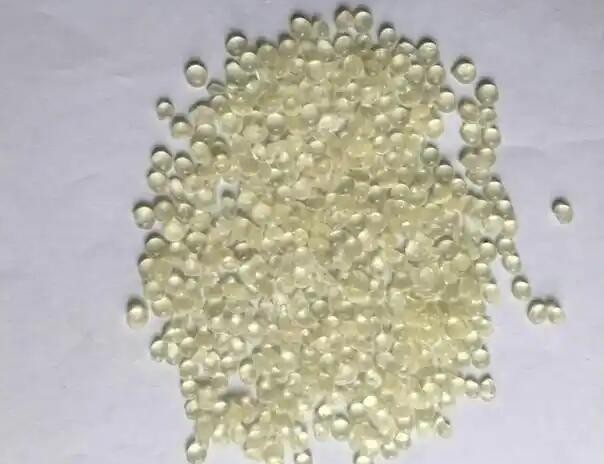The film-forming property of UV light colored resin is one of its important performance indicators, which has a crucial impact on its application in various fields. The following is a detailed analysis of the film-forming properties of UV light colored resin:
1. Definition and importance of film-forming properties
Film forming ability refers to the ability of a resin to form a uniform, continuous, and defect free film layer after curing. For UV light colored resins, good film-forming properties mean that the cured film layer has a smooth and even surface, uniform thickness, as well as good adhesion and mechanical properties. These characteristics are crucial for ensuring the application effectiveness of UV light colored resins in fields such as coatings, inks, and 3D printing.
2. Factors affecting film-forming properties
Resin formula: The composition of the resin formula directly affects its film-forming properties. The proportion and type of each component in UV light colored resin, as well as the use of additives, can all affect the film-forming properties. For example, the molecular weight, functional group type, and crosslinking density of the resin can all affect the physical properties and chemical stability of the film layer.

Curing conditions: Curing conditions are one of the key factors determining the film-forming properties of UV light colored resins. The curing temperature, light intensity, and light exposure time all affect the degree of resin curing and the performance of the film layer. Appropriate curing conditions can ensure that the resin is fully cured, forming a high-performance film layer.
Substrate properties: The properties of the substrate also have a significant impact on the film-forming properties of UV light colored resins. The surface energy, roughness, and chemical properties of different substrates can all affect the adhesion and film-forming effect of the resin. Therefore, when selecting a substrate, it is necessary to consider its compatibility and adhesion with UV light colored resin.
Environmental factors: Environmental factors such as humidity, temperature, and pollutants in the air can also affect the film-forming properties of UV light colored resins. For example, high humidity may lead to incomplete resin curing and the formation of defects; And pollutants in the air may contaminate the surface of the membrane, affecting its appearance and performance.
3. Methods to improve film-forming properties
Optimizing resin formula: By adjusting the composition of the resin formula, such as increasing crosslinking density, selecting appropriate functional group types, and adding appropriate additives, the film-forming properties of UV light colored resin can be improved.
Improving curing conditions: Optimizing curing conditions, such as increasing curing temperature, prolonging light exposure time, and increasing light intensity, can ensure that the resin is fully cured and improve the performance of the film layer.
Choosing the appropriate substrate: Based on the properties and application requirements of UV light colored resin, selecting the appropriate substrate can improve its adhesion and film-forming effect.
Controlling environmental factors: Controlling environmental factors during the curing process, such as maintaining appropriate humidity and temperature, avoiding pollutants in the air, etc., can ensure the formation of a good film layer for UV light colored resin.
4. Assessment method for film-forming properties
The film-forming properties of UV light colored resins are usually evaluated using the following methods:
Observation method: Determine the film-forming properties of the film layer by visually observing its surface condition, glossiness, and the presence of defects.
Instrument testing method: Use instruments such as electron microscopes, optical microscopes, and mechanical performance testers to test and evaluate the thickness, adhesion, hardness, and scratch resistance of the film layer.
Chemical analysis method: Analyze the chemical composition and structure of the film layer through chemical analysis methods such as infrared spectroscopy, nuclear magnetic resonance, etc., in order to determine its film-forming properties.
In summary, the film-forming ability of UV light colored resin is one of its important performance indicators, which is of great significance for ensuring its application effect in various fields. By optimizing the resin formula, improving curing conditions, selecting suitable substrates, and controlling environmental factors, the film-forming properties of UV light colored resins can be improved to meet the application needs of different fields.

 Language
▼
Language
▼


 Address:Linzi District,Zibo City,Shandong Province
Address:Linzi District,Zibo City,Shandong Province E-mail:wanbang@wanbangresin.com
E-mail:wanbang@wanbangresin.com WhatsApp:+8615053337101
WhatsApp:+8615053337101